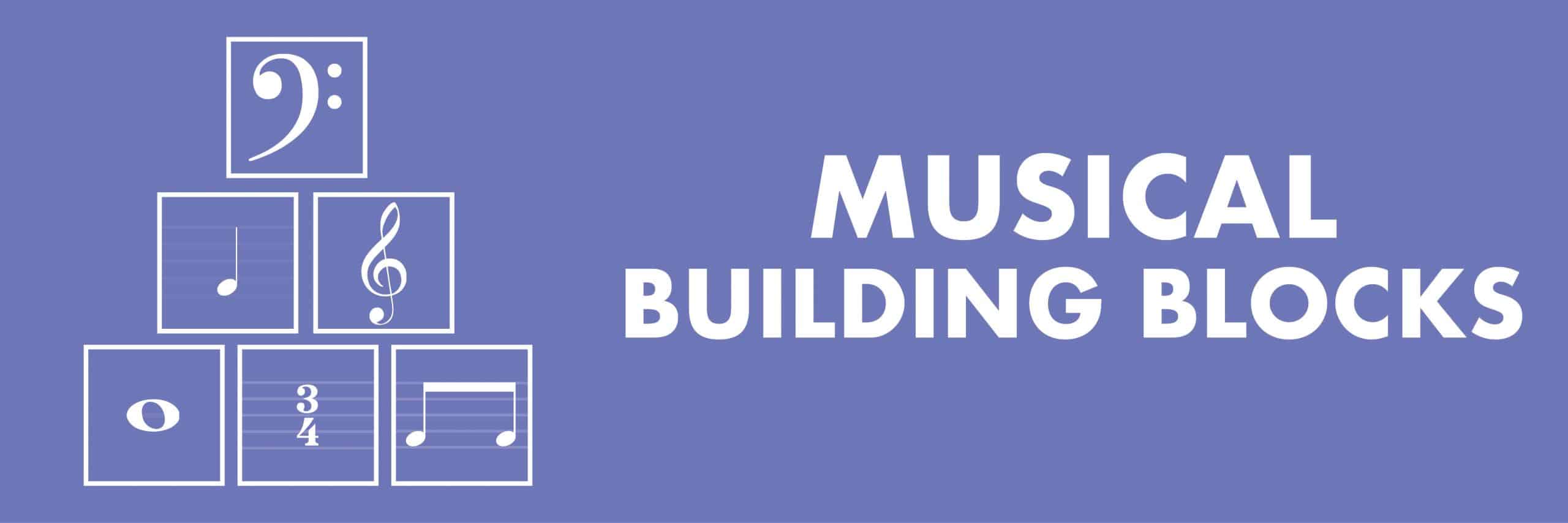
When thinking about using music legally—i. e. everything related to copyright and royalties—it’s good to learn about musical building blocks. Maybe you haven’t heard of them referred to as that, but they are simply scales, chords, and arpeggios. As you might imagine, there’s no ownership in these elements: they’re the basics of any musical composition! Regardless, there have been debates on whether or not an artist is infringing the copyright ownership of another person. And, in court, musicologists have had to decide whether it’s a matter of musical building blocks or if it isn’t.
But First a Definition
Musical building blocks, as mentioned before, are the foundation of any composition. More specifically speaking, they are combinations of patterns, pulse, rhythm, melody, harmony, timbre, tone, texture, speed, and dynamics—and the graduation of all of these. There’s a plethora of potential combinations, as you can see. Therefore, it’s difficult to impose a right of ownership on any of them. Even if some chords have become popular in relation to a singular artist—think of Jimmy Hendrix dominant 7th chord with a sharp 9th, nowadays the “Hendrix Chord”—this combination is not only his to use.
Music Building Blocks: How Do They Work?
In Copyright Law and Derivative Works. Regulating Creativity, Omri Rachum-Twaig, proposes every artistic creation is composed of said building blocks. He explains it as follows:
Firstly, the common building blocks are a tool that enables authors to create within certain constraints by using rules and conventions. This means that the common building blocks are used by the author as available raw materials and enable, through the constraints they cast, the crystallization of ideas into perceivable products, and are simultaneously affected by creativity itself, thus allowing the development of new conventions. … Second, the common building blocks are also a tool that enables the formation of meaning.
This, applied to music, implies that the “raw material,” one that is common to every creative person, doesn’t belong to a particular right-holder. And, more importantly, we can see and praise them for their creative potential.
Music Building Blocks: a Case in Point
Katy Perry was in legal trouble because of her song “Dark Horse” (2013). Christian rapper Flame (Marcus Gray) issued a lawsuit against her because of copyright infringement on a descending minor mode eight-figure ostinato in his song “Joyful Noise.” Flame’s team argued that Perry’s song was “extrinsically similar” to his, whereas Perry’s argued that the elements the other team was alluding to were not individually protectable. In the end, as recent as 2022, the verdict remains: in this particular case, given that Perry was using music building blocks, the trial went in her favor. This is only one of many examples. Two additional ones, very close to Gray vs Perry. There was a court debate on Led Zeppelin having infringed copyrights with their song “Stairway to Heaven.” At that time, the judgment was that the music building blocks they were using “belong in the public domain and cannot be exclusively appropriated.” Similarly, Ed Sheeran was accused of allegedly infringing the law with his song “Thinking Out Loud.” In these three instances, regardless, the court ruled in the favor of the accused.
